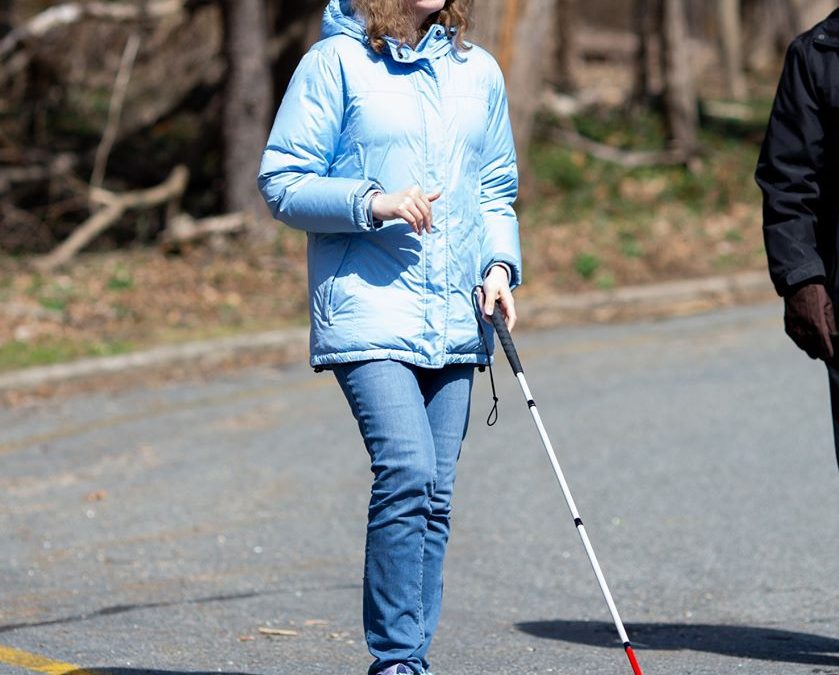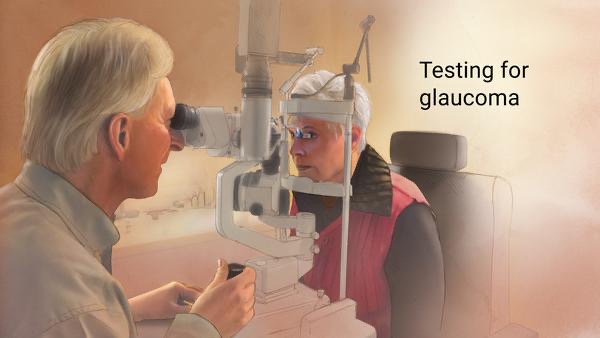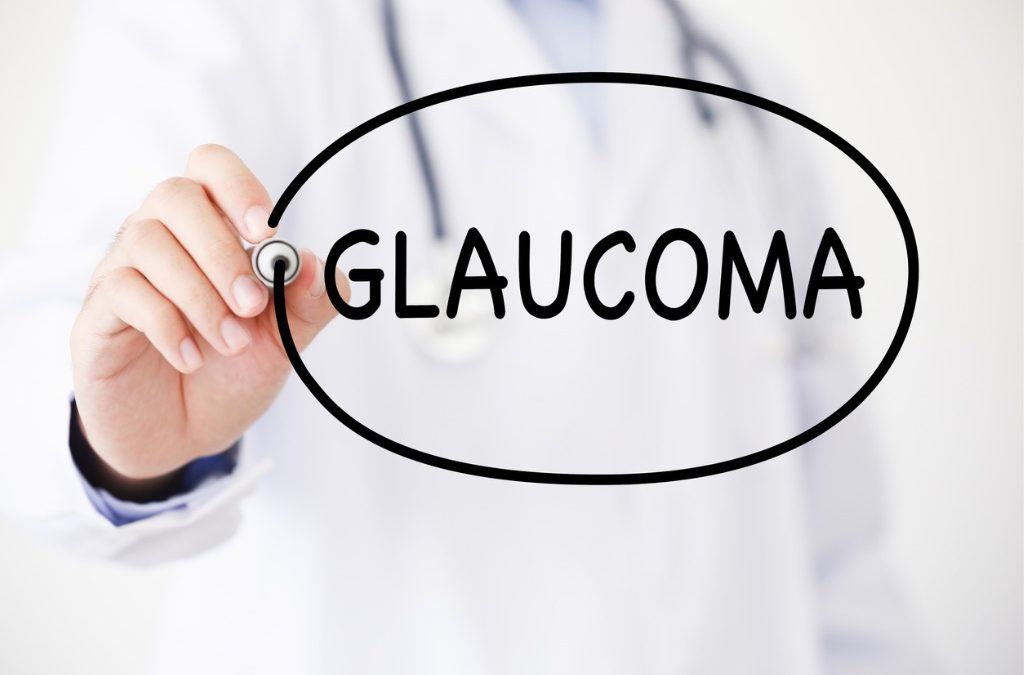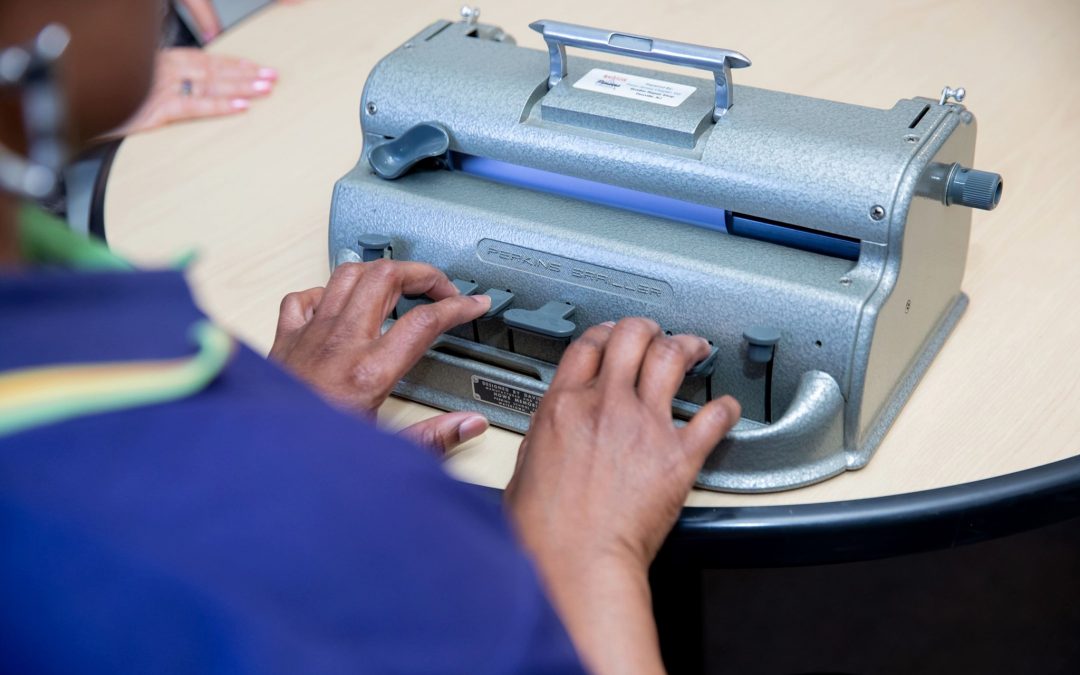
by admin | Jan 13, 2020 | Blog, News
In all 50 states, the law requires drivers to yield the right of way when they see an extended white cane or guide dog.
Only people who are blind or have low vision may legally carry white canes. They listen to traffic patterns to know when to cross streets and to keep a straight line when moving around.
So remember to yield the right of way!
by admin | Jan 12, 2020 | Blog, News
😎 ☀️ Gorgeous weather calls for digging out your sunglasses! ☀️😎
You should, however, keep them out for the rest of winter too. Studies show that sun exposure — regardless of season — may increase the risk of developing cataracts, snow blindness and growths on the eye, including cancer. Find out more in the article below!
https://www.aao.org/eye-health/tips-prevention/winter-sun-eye-safety?fbclid=IwAR2whWZNJ9vHBYi_T3on4GjWZI-XiUi4n4ON1nZHOcIPIumnnd88Kfr3flc

by admin | Jan 10, 2020 | Blog, News
Glaucoma is often referred to as the silent thief of eye sight. 👁️👁️
The signs and symptoms of glaucoma vary depending on the type and stage of your condition. If left untreated, glaucoma will eventually cause blindness. Even with treatment, about 15 percent of people with glaucoma become blind in at least one eye within 20 years.
Symptoms of acute angle-closure glaucoma include:
• Severe headache
• Eye pain
• Nausea and vomiting
• Blurred vision
• Halos around lights
• Eye redness
Symptoms of open-angle glaucoma include patchy blind spots in your side (peripheral) or central vision, frequently in both eyes, and tunnel vision in the advanced stages.
If you’re experiencing some of the symptoms of acute angle-closure glaucoma, such as severe headache, eye pain and blurred vision, head to the emergency room or see your eye doctor immediately!

by admin | Jan 9, 2020 | Blog, News
Glaucoma is one of the leading causes of vision loss and blindness. Known as the silent thief of eye sight, glaucoma often progresses with no symptoms or warning signs, making it crucial to detect it early. Although more common in people over 60, glaucoma can affect people of any age.
How does glaucoma progress?
Your eye is filled with a clear fluid which your body is continuously replacing. More fluid enters the eye in the back and the excess fluid drains through the front. As you age, the “drains” for the fluid become narrow and the eye cannot drain the excess fluid quickly enough. This fluid builds up and pressure increases in the eye. If the pressure gets high enough, it can damage the optic nerve because the pressure restricts the flow of blood to the nerve, causing vision loss and even blindness.
Vision loss due to glaucoma can’t be recovered. So it’s important to have regular eye exams that include measurements of your eye pressure. If glaucoma is recognized early, vision loss can be slowed or prevented!
by admin | Jan 6, 2020 | Blog, News
New year, new healthy you. If a doctor’s visit and medical testing are part of your start-of-the-year goals, click the link below to find out what the numbers behind the tests really mean.
https://www.washingtonpost.com/health/how-to-interpret-your-medical-tests-numbers/2019/12/06/7cc496be-07d0-11ea-8ac0-0810ed197c7e_story.html?fbclid=IwAR2Pfq_U6KqNuZJu1xuWURZ3p1U_4HT1Xh9afQZ32_5CRRg7C9WiWoVAeww
What numbers should you look out for with your eyes? 👀
If your vision has worsened with age, you should still expect to see close to 20/20 with contact lenses or glasses. Another key vision number: eye pressure, which can indicate glaucoma if it is high.
Normal pressure is less than 21 mmHg. But being in that range doesn’t guarantee that you’re in the clear, says Andrew Iwach, executive director of the Glaucoma Center of San Francisco and a spokesman for the American Academy of Ophthalmology. To rule out glaucoma, your doctor will also need to measure your cornea’s thickness and examine your optic nerve.
What to do: The American Academy of Ophthalmology recommends that healthy adults have a comprehensive eye exam with an ophthalmologist by age 40. If you’re experiencing vision changes or problems, make an appointment with one immediately. If you’re 65 or older, see an ophthalmologist every year or two to be evaluated for eye diseases such as age-related macular degeneration, cataracts and glaucoma.
Keep your eyes safe – not all vision is 2020. 👓

by admin | Jan 5, 2020 | Blog, News
Yesterday we celebrated World Braille Day. Most people know Braille as the “language for blind people,” but what is it really? 👀
Braille is actually not a language but rather a code by which all languages may be written and read – in a nutshell, it’s a tactile reading and writing system that uses raised dots to represent the letters of the print alphabet. It also includes symbols to represent punctuation, mathematics and scientific characters, music, computer notation and foreign languages.
Through the use of Braille, people who are blind are able to review and study the written word. It provides a vehicle for literacy and gives an individual the ability to become familiar with spelling, punctuation, paragraphing and other formatting considerations.
What does it look like?
Braille symbols are formed within units of space known as braille cells. A full braille cell consists of six raised dots arranged in two parallel vertical columns of three dots (like the number 6 on a dice). The dot positions are identified by numbers one through to six. 63 combinations are possible using one or more of these six dots. Cells can be used to represent a letter of the alphabet, number, punctuation, part of a word or even a whole word.
Want to learn Braille? Send us an email at lgroszew@vlanj.org or call us at 973-627-0055 ext. 1312 to join our programs!




